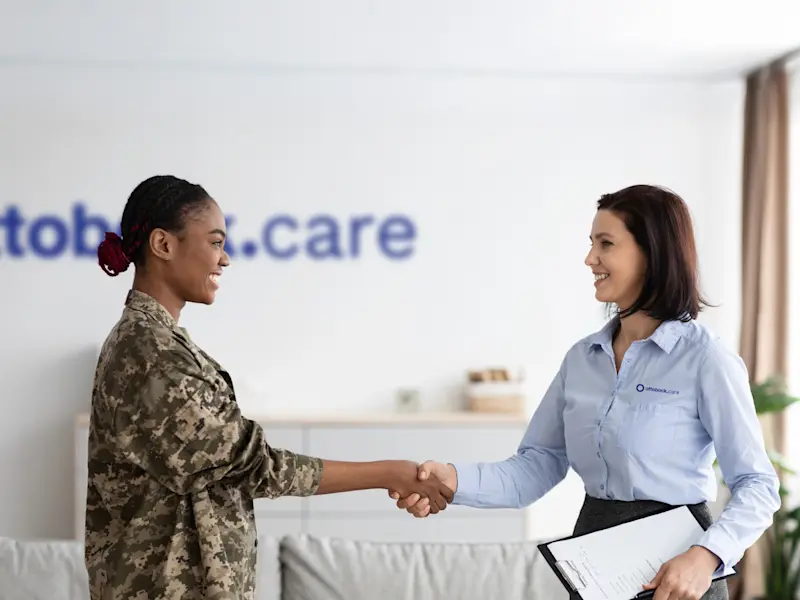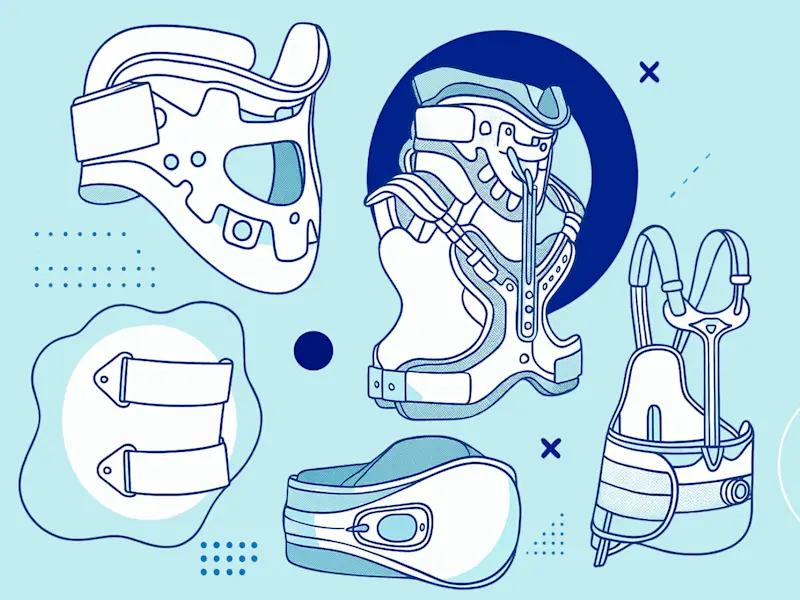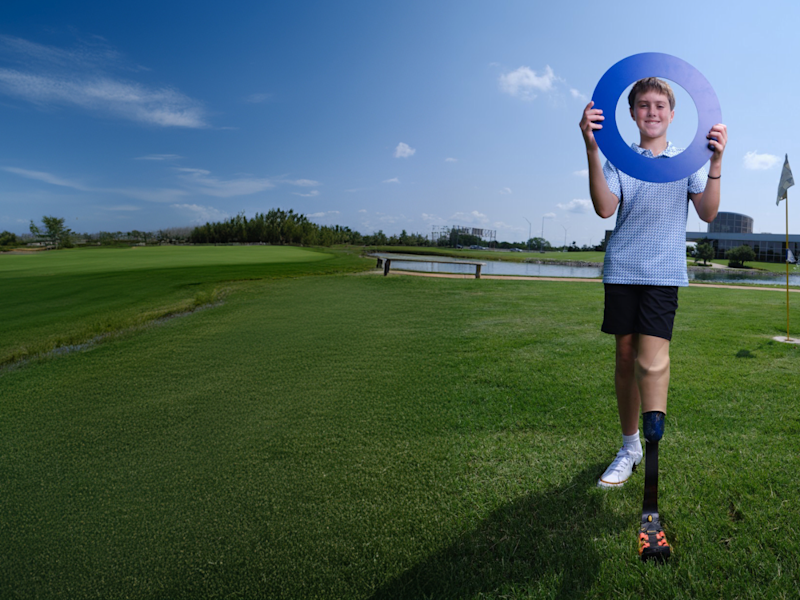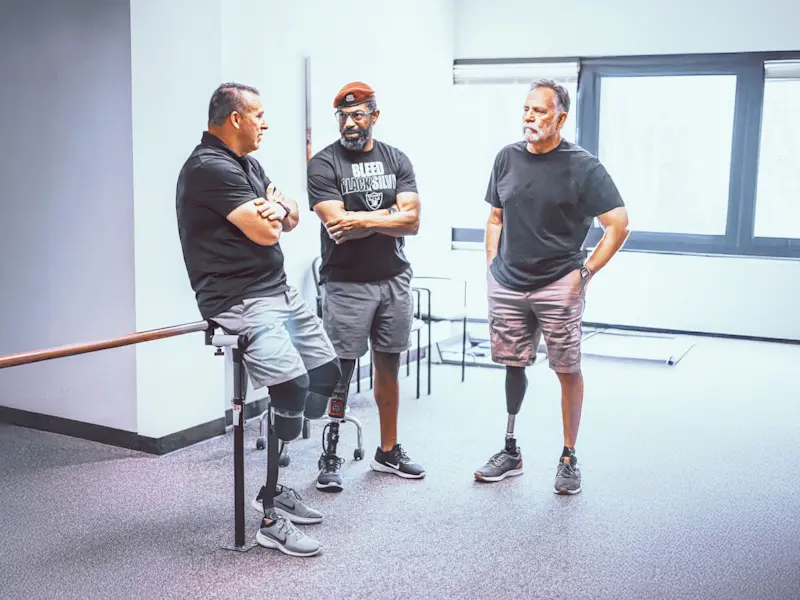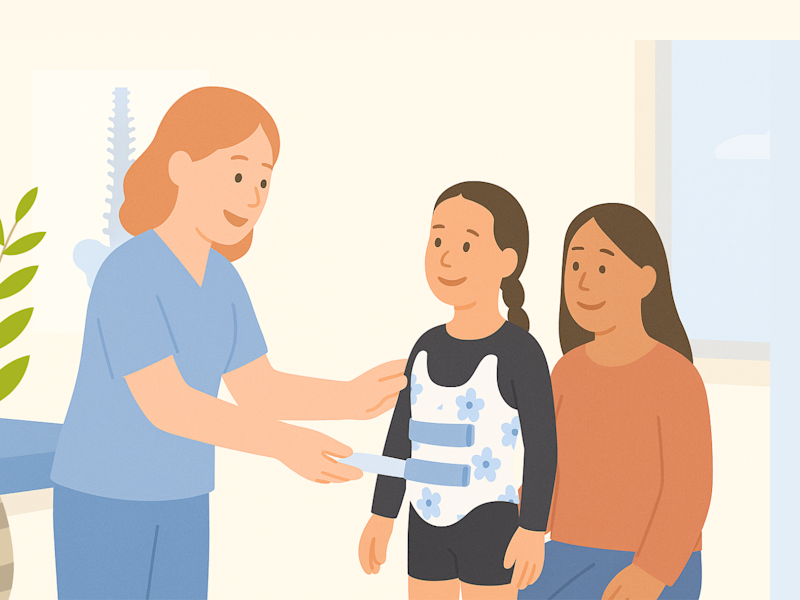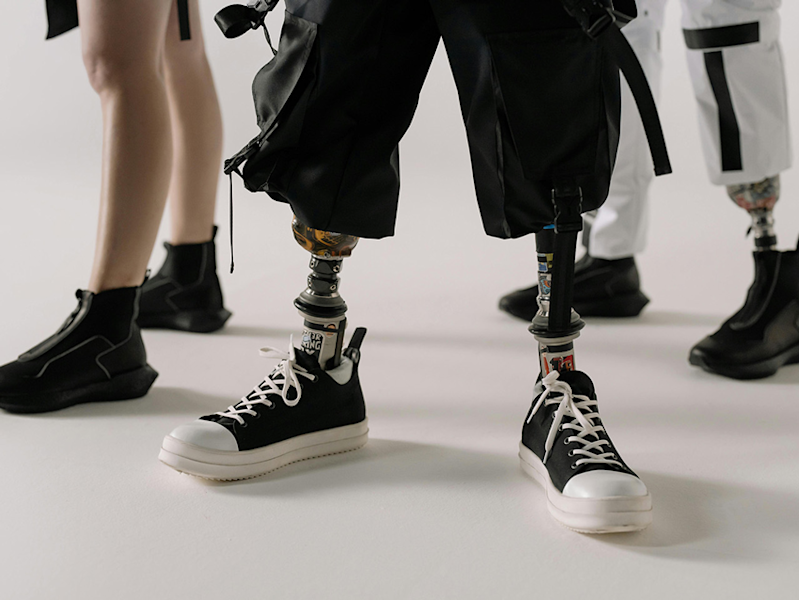Your Simple Guide to Upper Limb Prosthetics at Ottobock.care



Losing an arm or hand, or living with a limb difference, can change how you move through your day. But it doesn't have to limit what you can do. Thanks to today’s technology and a caring support team, upper limb prosthetics can help you regain more than just function—they can bring back confidence, independence, and make everyday tasks easier.
At Ottobock.care, we’re here to guide you every step of the way. Whether you’re just starting to explore your options or thinking about upgrading your current prosthesis, this easy-to-understand guide will walk you through what to expect, the types of prosthetics available, and how we work together to create the best solution for your needs.
Understanding Different Levels of Upper Limb Difference
Upper extremity prosthetics are designed to fit different levels of limb difference. This helps us create a comfortable and functional device just for you. Common upper extremity levels include:
Interscapulothoracic (Forequarter): Removal of the arm, shoulder blade, and collarbone (loss of the entire arm and shoulder girdle).
Shoulder Disarticulation: Amputation at the shoulder joint (loss of the entire arm).
Transhumeral (Above-Elbow): Amputation between the shoulder and elbow (loss of the forearm and hand).
Elbow Disarticulation: Amputation through the elbow joint (loss of the forearm and hand).
Transradial (Below-Elbow): Amputation between the elbow and wrist (loss of the hand).
Wrist Disarticulation: Amputation at the wrist joint (loss of the hand).
Partial Hand: Removal of part of the hand or fingers.
No matter the level of your limb difference, we have prosthetic options to help you move with more ease and confidence.

A Perfect Fit: Understanding Your Prosthetic Socket
The socket is the part that holds your prosthesis to your arm. It’s made just for you to be comfortable and help you control your prosthetic. Here’s how the process usually works:
First, your prosthetist will fit you with a clear plastic test socket. This allows us to see exactly how the socket fits, check for any pressure spots, and make sure it's lined up correctly with your limb.
After we make any necessary adjustments, a final socket will be created using strong but comfortable materials, like hard plastic, flexible liners, or soft gel.
Some sockets can be adjusted, like tightening a belt, to help with swelling or when you're being more active.
Getting the right socket fit is crucial, and we'll work closely with you to make sure it feels just right.
Your Prosthesis, Your Way: Choosing the Right Devices for You
We specialize in all different types of prosthetic systems, combining various parts to best suit your daily activities and what you want to achieve.
Cosmetic (Passive) Prostheses: These prosthetics focus on how they look and can help with balance. While they don't move on their own, they can make you feel more confident in social situations.
Body-Powered Prostheses: These use a simple harness and cable that you control with your shoulder or chest movements. They are tough, reliable, and don't need batteries.
Myoelectric (Externally Powered) Prostheses: These more advanced prosthetics use the natural electrical signals from your muscles to control the hand or elbow. They offer smoother, more natural movements and can often do things like change grip types.
Hybrid Prostheses: These combine the benefits of both body-powered and myoelectric systems. For example, you might have a body-powered elbow and a more advanced, battery-powered hand.
Targeted Muscle Reinnervation (TMR): In some cases, a special surgery can reroute nerves to healthy muscles. This can allow for very natural and intuitive control of advanced, powered prosthetics.

Prosthetic Elbows: Helping You Position Your Hand
If you have an above-elbow amputation, a prosthetic elbow can help you move your hand or hook where you need it.
Passive Elbows: These elbows are mainly for appearance and can be manually bent and locked into place for basic arm movement.
Body-Powered (Cable-Operated) Elbows: Like body-powered hands, these elbows are controlled by moving your shoulder or chest. They can usually be locked in different positions to help you use your hand or hook effectively.
Externally Powered Elbows: These use motors and sensors to bend, straighten, and hold your arm. They can be controlled by your muscle signals or simple buttons and offer smooth, easier movement.
All prosthetic elbows can be used with different types of hands or hooks to create a complete system for your daily tasks.
Prosthetic Hands and Hooks: Helping You Grab, Hold, and Do
Your prosthetic hand or hook is what you use to interact with the world. We have many options, from simple to advanced, to help you achieve your goals.
Mechanical Hands: These are body-powered, strong, and easy to care for. Some allow you to move the fingers to do things like type or hold tools. You can also get different attachments for things like eating or working out.
Mechanical Hooks: Hooks are known for their strong grip and precision. They open and close when you move your body. They are simple, lightweight, and great for tasks that require a strong hold.
Myoelectric Hands and Hooks: Controlled by your muscle signals, these offer more natural movements and different ways to grip things. Some advanced models can even sense touch or move individual fingers.
Partial Hands and Fingers: For those who have lost part of their hand or fingers, these prosthetics can help with both appearance and function, from simple silicone pieces to powered fingers that respond to your muscles.
Your prosthetist will help you explore all the options and choose the best device for your activities and preferences.

Your Journey with Ottobock.care: What to Expect
We don’t just provide prosthetics—we partner with you to build confidence and independence. Here’s what you can expect from your care journey:
You'll start with a personal evaluation with one of our certified prosthetists.
We'll create a custom prosthetic system designed for your specific limb, goals, and what's important to you.
We'll provide training and ongoing support to help you get comfortable and confident using your new prosthetic.
We'll work closely with your doctors and therapists to ensure you receive comprehensive care.
We'll make adjustments to your prosthesis as your body or lifestyle changes.
Ready to Learn More? Let's Talk.
Your prosthetic journey is unique to you, and no two paths look exactly the same. At Ottobock.care, we’re committed to helping you move forward with comfort, confidence, and the support of a team that truly cares.
Contact us to learn more or schedule a consultation. We're here to support you every step of the way.

